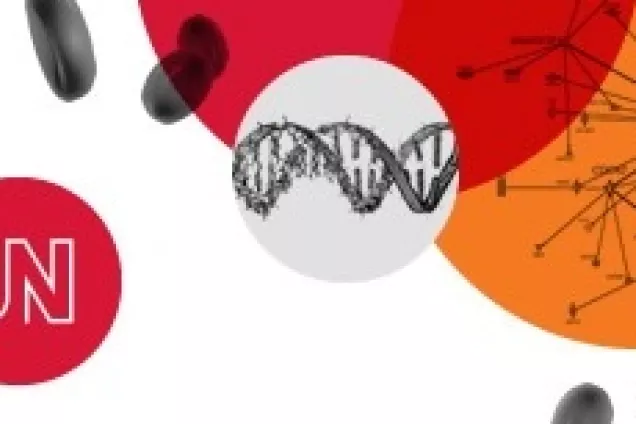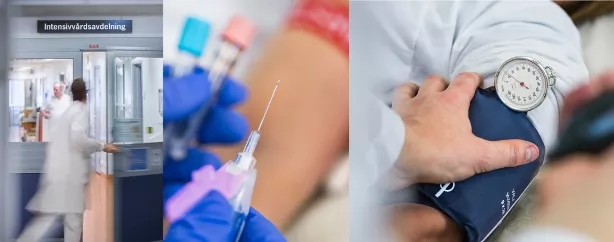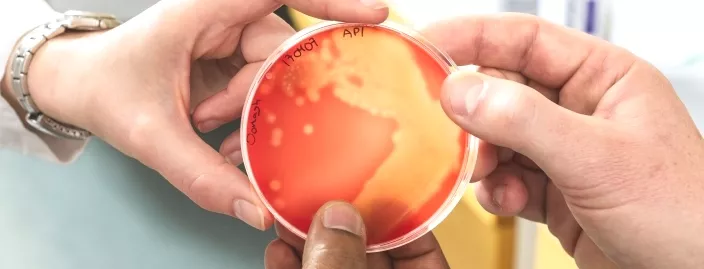CURING SEPSIS
Curing sepsis- Every second counts, every effort matters
Sepsis has a rapid progression and successful treatment is often a race against time.
Early identification and treatment with effective antibiotics is key for survival in sepsis. Every hour that passes by without adequate and appropriate antibiotics increases the mortality rate substantially. Antimicrobial resistance is therefore a rapidly growing concern that will further exacerbate challenges in sepsis treatment. When bacteria develop resistance to common antibiotics and treatment fails, harmless infections become life threatening. There is an urgent need for novel and innovative treatment options.
The multifaceted response to sepsis
Sepsis starts from a localized infection at a site in the body. The most common focus is the lungs or urinary tract. Characteristics of the pathogen, but also the immune status of the infected individual contribute to the pathogenesis of disease. Sepsis occurs when the interacting networks of the host immune response fail to contain the infection at the local site, resulting in a dysregulated and systemic immune response. There is an urgent need to map these changes in the immune response at distinct stages of disease in this heterogeneous patient group in order to pave the way for individualised immunomodulatory treatments.
The Pathogen
Sepsis can originate from infections caused by a wide array of pathogens: bacteria, virus, parasites or fungi. Important bacterial pathogens include Staphylococcus aureus, Streptococcus pneumoniae, and Escherichia coli. Distinct pathogens use a diverse arsenal of molecular weapons to establish infection, designated virulence factors. These factors can contribute to adherence and multiplication at an epithelial surface, evasion of immune defense mechanisms or invasion into host cells and tissue. Bacterial cell wall components and toxins, for example, are well-known virulence factors for sepsis that directly contribute to the profound dysregulation of the immune response. Enhanced understanding of pathogen derived virulence attributes can facilitate development of novel anti-infectives aimed at distinct virulence factors.
Curing Sepsis

Sepsisfonden- survivorship stories
Read more, in Swedish

Article
The Third International Consensus Definitions for Sepsis and Septic Shock




